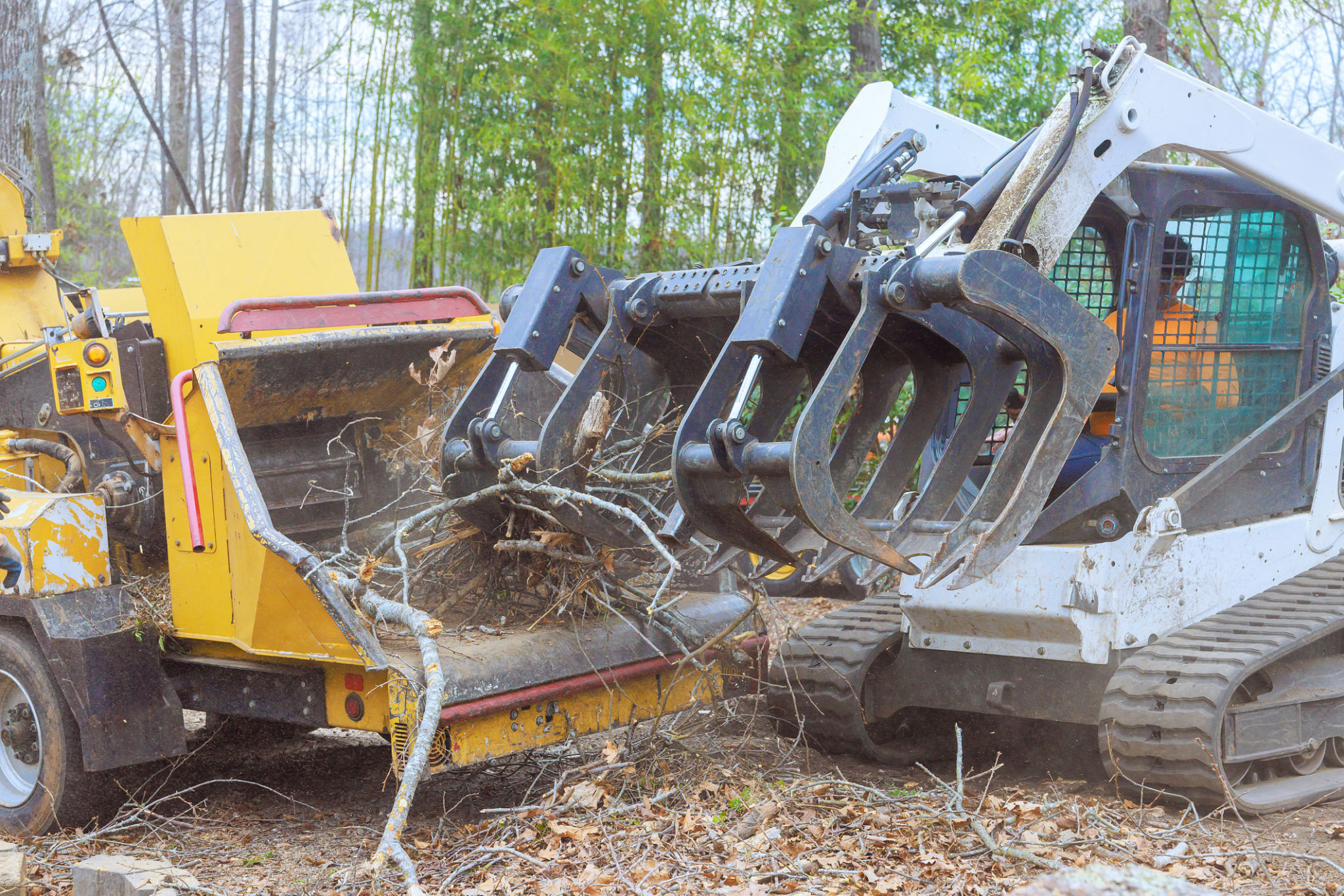Case Study: Enhancing Forestry Equipment with Virtual Sensor Technology
JM
Introduction to Virtual Sensor Technology in Forestry Equipment
The forestry industry has long been at the forefront of technological innovation, striving for efficiency and sustainability. One of the most transformative advancements in recent years is the integration of virtual sensor technology into forestry equipment. This case study explores how virtual sensors are enhancing operations, improving safety, and driving sustainable practices in forestry.

Understanding Virtual Sensor Technology
Virtual sensors are a cutting-edge technology that uses algorithms to estimate measurements that would otherwise require physical sensors. By leveraging data from existing equipment and combining it with advanced software, virtual sensors provide valuable insights without the need for additional hardware. This not only reduces costs but also minimizes the impact on equipment design and maintenance.
With virtual sensors, forestry operators can monitor a wide range of parameters such as soil moisture, tree growth rates, and equipment performance in real-time. This technology offers the potential to transform forestry operations by providing actionable data that can lead to more informed decision-making.
Enhancing Efficiency and Productivity
Integrating virtual sensor technology into forestry equipment has significantly enhanced efficiency and productivity. By continuously monitoring equipment performance, operators can identify potential issues before they become critical, reducing downtime and maintenance costs.
Furthermore, virtual sensors enable precise monitoring of environmental conditions, allowing for optimal resource allocation. For instance, understanding soil moisture levels can help determine the best times for planting or harvesting, leading to increased yield and resource efficiency.

Improving Safety Measures
Safety is paramount in the forestry industry, where workers often operate in remote and hazardous environments. Virtual sensor technology plays a crucial role in improving safety measures. By providing real-time data on equipment health and environmental conditions, operators can make more informed decisions, reducing the risk of accidents and injuries.
Additionally, virtual sensors can help monitor worker fatigue levels by analyzing patterns of movement and other indicators. This data can be used to implement better work schedules and ensure that employees are not overexerted, further enhancing safety on the job.
Driving Sustainable Practices
Sustainability is a key concern for the forestry sector, and virtual sensor technology is helping to drive more sustainable practices. By offering precise data on tree growth rates and soil conditions, operators can make informed decisions about harvesting cycles and reforestation efforts.

This technology also aids in minimizing environmental impact by optimizing resource use and reducing waste. For example, virtual sensors can help determine the optimal amount of water or nutrients needed for specific areas, preventing overuse and promoting healthier ecosystems.
Conclusion: The Future of Forestry with Virtual Sensors
The integration of virtual sensor technology into forestry equipment represents a significant step forward for the industry. By enhancing efficiency, improving safety, and promoting sustainability, virtual sensors are poised to revolutionize forestry operations.
As technology continues to advance, the potential applications for virtual sensors in forestry will only grow. Embracing these innovations not only benefits individual operations but also contributes to a more sustainable future for the industry as a whole.
